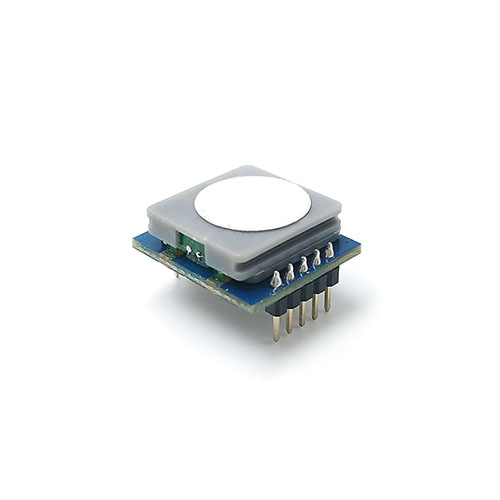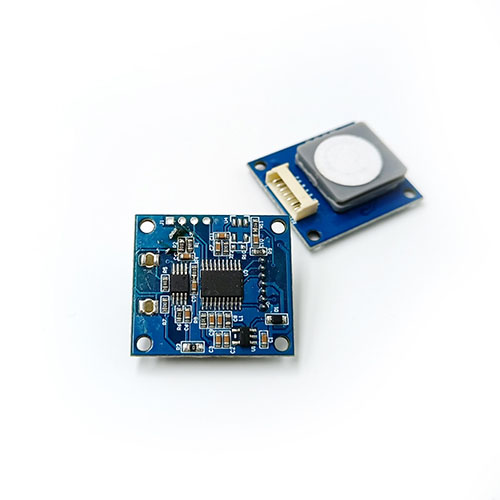Working principle of electrochemical formaldehyde sensor
Formaldehyde sensor, also called CHO Sensor, is a sensor that can detect the concentration of formaldehyde in the environment. Formaldehyde is a harmful substance and its presence can pose a serious threat to human health. Therefore, the development of an efficient and accurate formaldehyde sensor is of great significance for environmental monitoring and human health protection.
How the electrochemical formaldehyde sensor works
The working principle of electrochemical formaldehyde sensors is based on electrochemical reactions. It mainly consists of electrodes, electrolytes and working circuits. Among them, the electrode is the core component of the sensor, responsible for reacting with the gas being measured and converting it into an electrical signal. The electrolyte plays a conductive role and ensures the connection between the electrode and the circuit. The working circuit is used to measure the electrical signal generated by the electrode and convert it into a value of formaldehyde concentration.
During the working process of the electrochemical formaldehyde sensor, the gas to be measured first needs to be in contact with the electrode. Formaldehyde molecules will undergo an oxidation-reduction reaction on the electrode surface, generating a current signal. This process can be achieved through electrochemical methods, that is, at a certain potential, formaldehyde molecules are oxidized into formaldehyde cations, accompanied by the generation of electric current. According to Faraday’s law, the magnitude of the current is proportional to the concentration of formaldehyde. Therefore, information on formaldehyde concentration can be obtained indirectly by measuring the magnitude of the current.
In order to improve the sensitivity and accuracy of the sensor, electrochemical formaldehyde sensors usually use certain sensitivity-enhancing technologies. Common sensitization technologies include using catalysts to increase reaction rates and changing electrode materials to increase activity. The application of these technologies can make the sensor more responsive to formaldehyde and improve the accuracy of measurement.
Electrochemical formaldehyde sensors also require certain conditions to ensure normal operation. First of all, the sensor needs to work within a certain temperature range. Too high or too low temperature will affect the performance of the sensor. Secondly, the sensor needs to work within a certain humidity range. Excessive humidity will cause the moisture on the electrode surface to affect the reaction of formaldehyde, thus affecting the accuracy of the measurement. Finally, the sensor requires a certain supply voltage and current to ensure the electrochemical reaction and normal measurement of the electrical signal.
To summarize, electrochemical formaldehyde sensors indirectly measure formaldehyde concentration by measuring the current signal generated by formaldehyde on the electrode surface. Its working principle is based on electrochemical reaction. Through sensitization technology and ensuring certain working conditions, the sensitivity and accuracy of the sensor can be improved. This kind of sensor has broad application prospects in environmental monitoring and human health protection.







